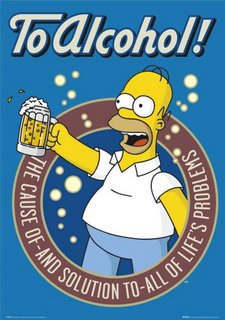Happy Holidays

We’re off to throw some snowballs - if Santa can bring us some snow.
See you in 2007
Labels: Happy Holidays

Labels: Happy Holidays
 192.com, an online business, people and location finder has made a pledge to donate money from its paid listing searches to the National Missing Persons Helpline this Christmas. From 18th December fifty pence from every premium people, business or place search made on the website will be given to the charity.
192.com, an online business, people and location finder has made a pledge to donate money from its paid listing searches to the National Missing Persons Helpline this Christmas. From 18th December fifty pence from every premium people, business or place search made on the website will be given to the charity.Labels: Current Affairs, Happy Holidays
Labels: Just Try It Out, Marketing Tips

Labels: Current Affairs
 In the last ten years women’s clothing prices have fallen by a third and the “value” end of the market is now booming. In 2005, £6 billion of clothes sales were in this end of the market. And, one in four of all women’s clothing bought in the UK is bought in Tesco, Asda, Primark or Matalan. In spite of this, only one in ten pounds is actually spent in these stores.
In the last ten years women’s clothing prices have fallen by a third and the “value” end of the market is now booming. In 2005, £6 billion of clothes sales were in this end of the market. And, one in four of all women’s clothing bought in the UK is bought in Tesco, Asda, Primark or Matalan. In spite of this, only one in ten pounds is actually spent in these stores.Labels: Current Affairs
Labels: Just Try It Out, Marketing Tips
Labels: Advertising Campaigns, Happy Holidays
 Ofcom may have only just set out new rules for junk food advertising, but campaigners are already gearing up to protest about another evil in our society – alcohol. The "national agency on alcohol misuse" Alcohol Concern is now planning to lobby MPs to gain support for a ban on all alcohol advertising before the 9pm watershed.
Ofcom may have only just set out new rules for junk food advertising, but campaigners are already gearing up to protest about another evil in our society – alcohol. The "national agency on alcohol misuse" Alcohol Concern is now planning to lobby MPs to gain support for a ban on all alcohol advertising before the 9pm watershed.Labels: Current Affairs